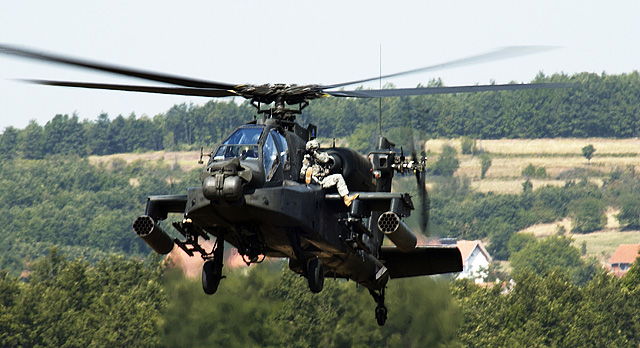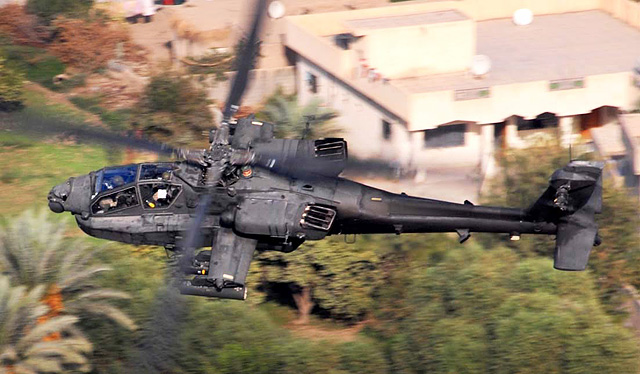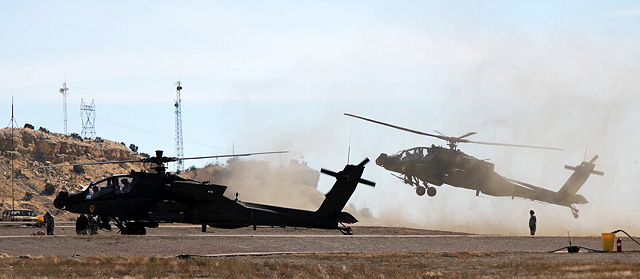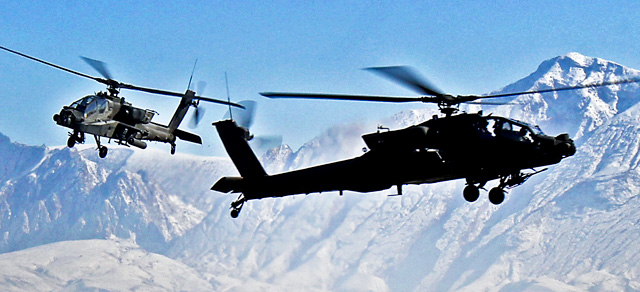INDIAN ARMED FORCES CHIEFS ON OUR RELENTLESS AND FOCUSED PUBLISHING EFFORTS

The insightful articles, inspiring narrations and analytical perspectives presented by the Editorial Team, establish an alluring connect with the reader. My compliments and best wishes to SP Guide Publications.

"Over the past 60 years, the growth of SP Guide Publications has mirrored the rising stature of Indian Navy. Its well-researched and informative magazines on Defence and Aerospace sector have served to shape an educated opinion of our military personnel, policy makers and the public alike. I wish SP's Publication team continued success, fair winds and following seas in all future endeavour!"

Since, its inception in 1964, SP Guide Publications has consistently demonstrated commitment to high-quality journalism in the aerospace and defence sectors, earning a well-deserved reputation as Asia's largest media house in this domain. I wish SP Guide Publications continued success in its pursuit of excellence.
- Indian Air Force Aims for Full Indigenous Inventory by 2047 — Air Chief Marshal A.P. Singh
- General Upendra Dwivedi takes over as the Chief of the Army Staff
- Rajnath Singh assumes charge as Defence Minister for the second consecutive term
- Admiral Dinesh K. Tripathi assumes Command of the Indian Navy as 26th Chief of the Naval Staff
- Prime Minister witnesses 'Bharat Shakti' – a Tri-Services Firing and Manoeuvre Exercise in Pokhran, Rajasthan
AH-64D Apache the most potent attack helicopter
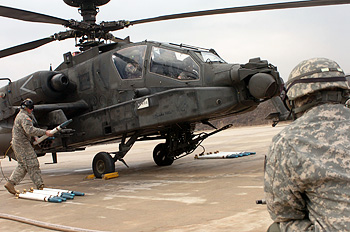
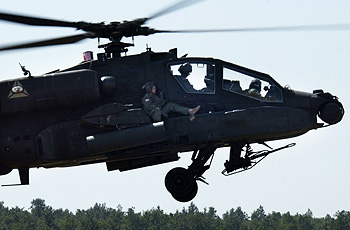
The Block III is a notably lighter helicopter than its previous avatars—for instance in the Block III, a single mission computer replaces three separate systems on earlier models. The Block III also comes with additional fuel tanks, an integrated helmet and display sight system with an electromagnetic tracker. The Block III's communication suite has also been vastly improved with an enhanced data modem. A subtle, yet significant change, is also the forward avionics bay. Certain equipment that is likely to be withheld as a result of India not being a signatory to a CISMOA agreement with Washington will be replaced with Indian systems manufactured by BEL and certain private companies—some of these systems are in the process of being identified.
The Apache legacy is a formidable one. As of June 2012, the platform in its many variants has flown over 3.5-million hours over 28 years and spent 930,000 combat hours in ongoing operations in Afghanistan and Iraq—missing that include combat air patrol, convoy escort, rapid reaction, close-combat attack and armed reconnaissance. The US Army has an acquisition objective of 690 of the AH-64D Apache Block III , adding to 678 remanufactured aircraft and 54 new build aircraft in the Block I and Block II configurations. There are 11 international customers for the Apache, with Boeing identifying "significant ongoing international interest for new and remanufactured AH-64Ds".
